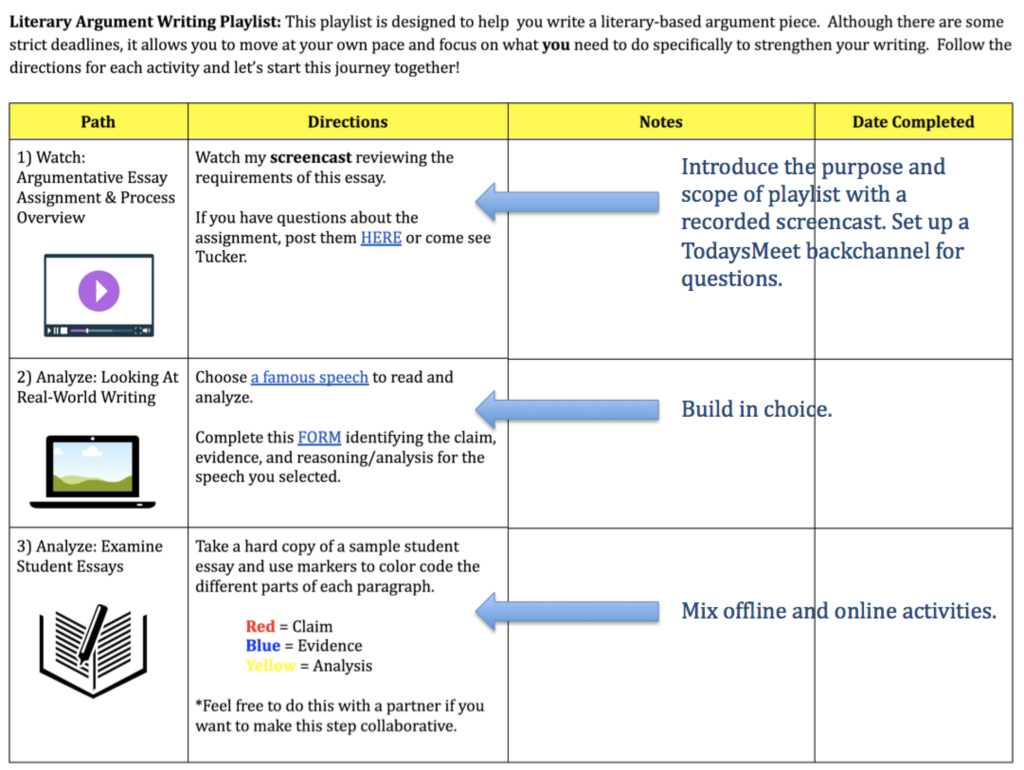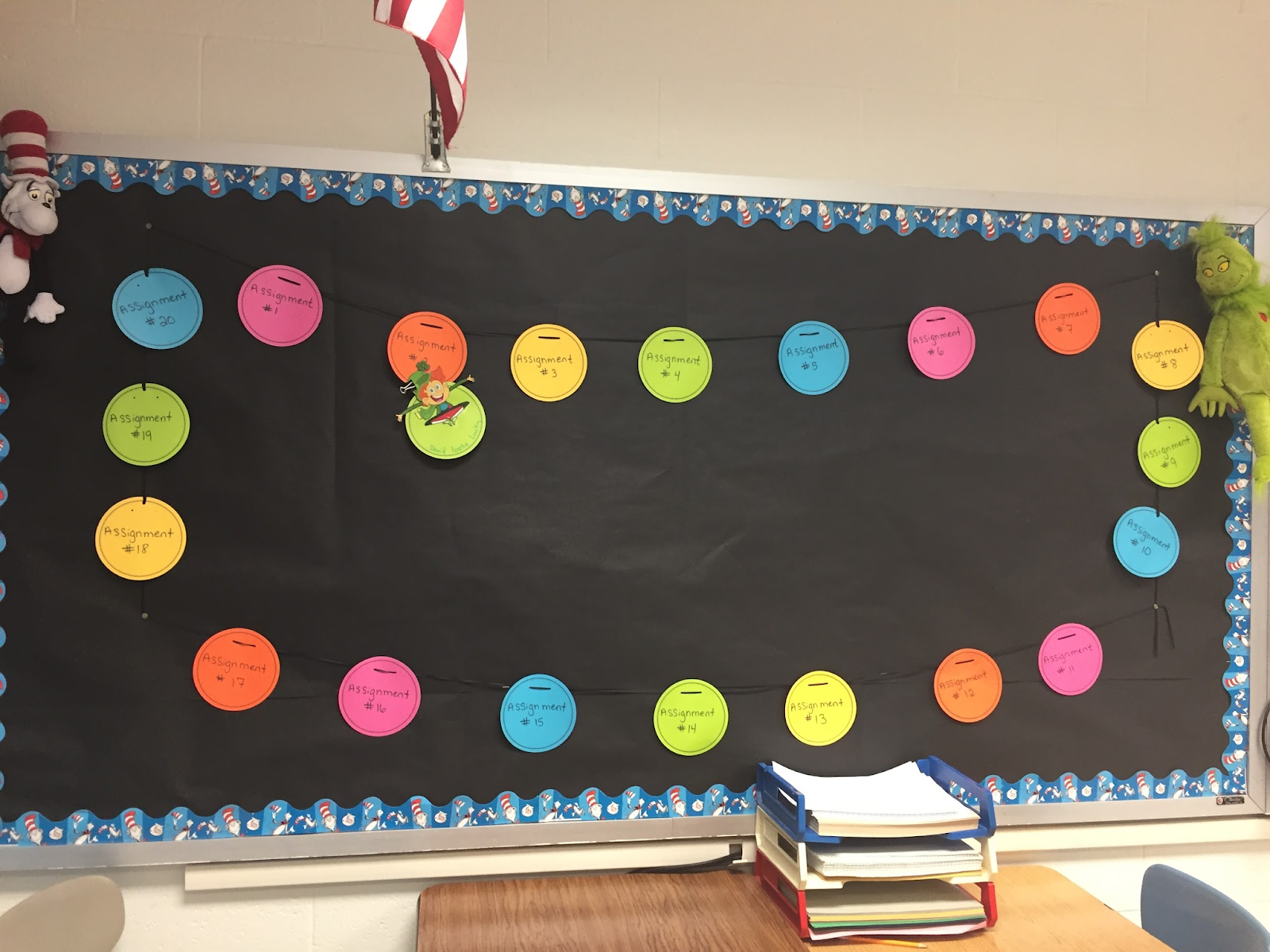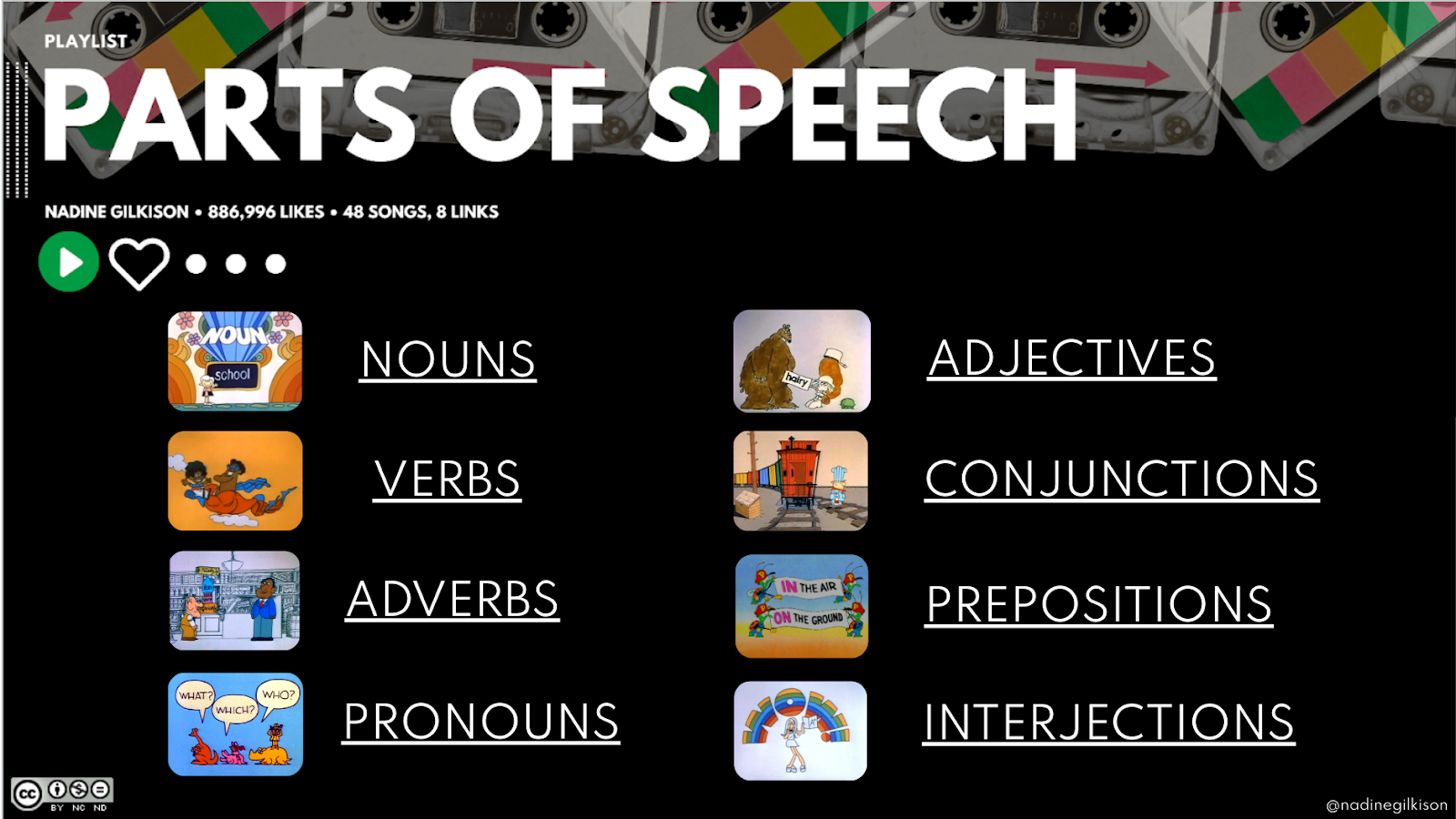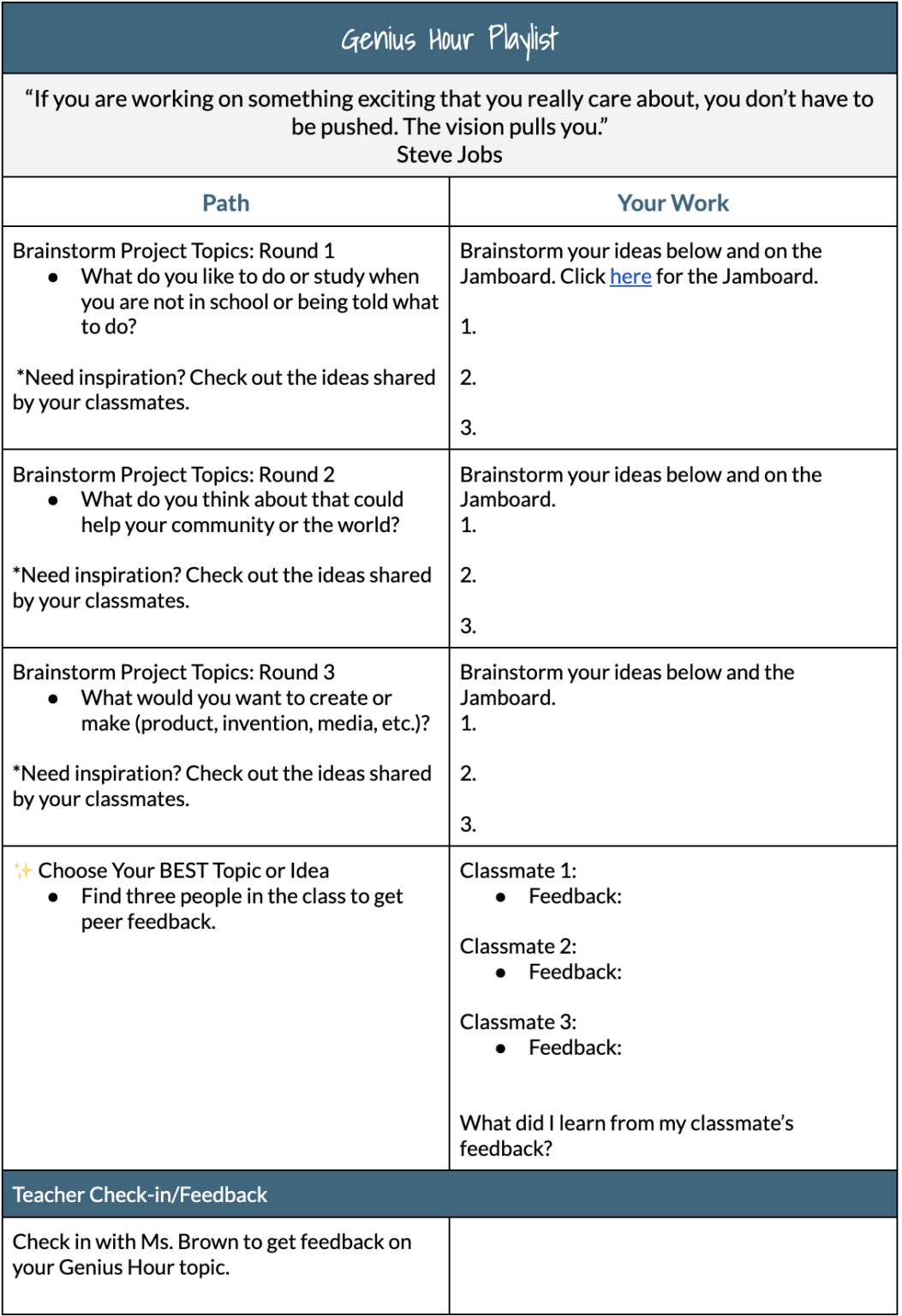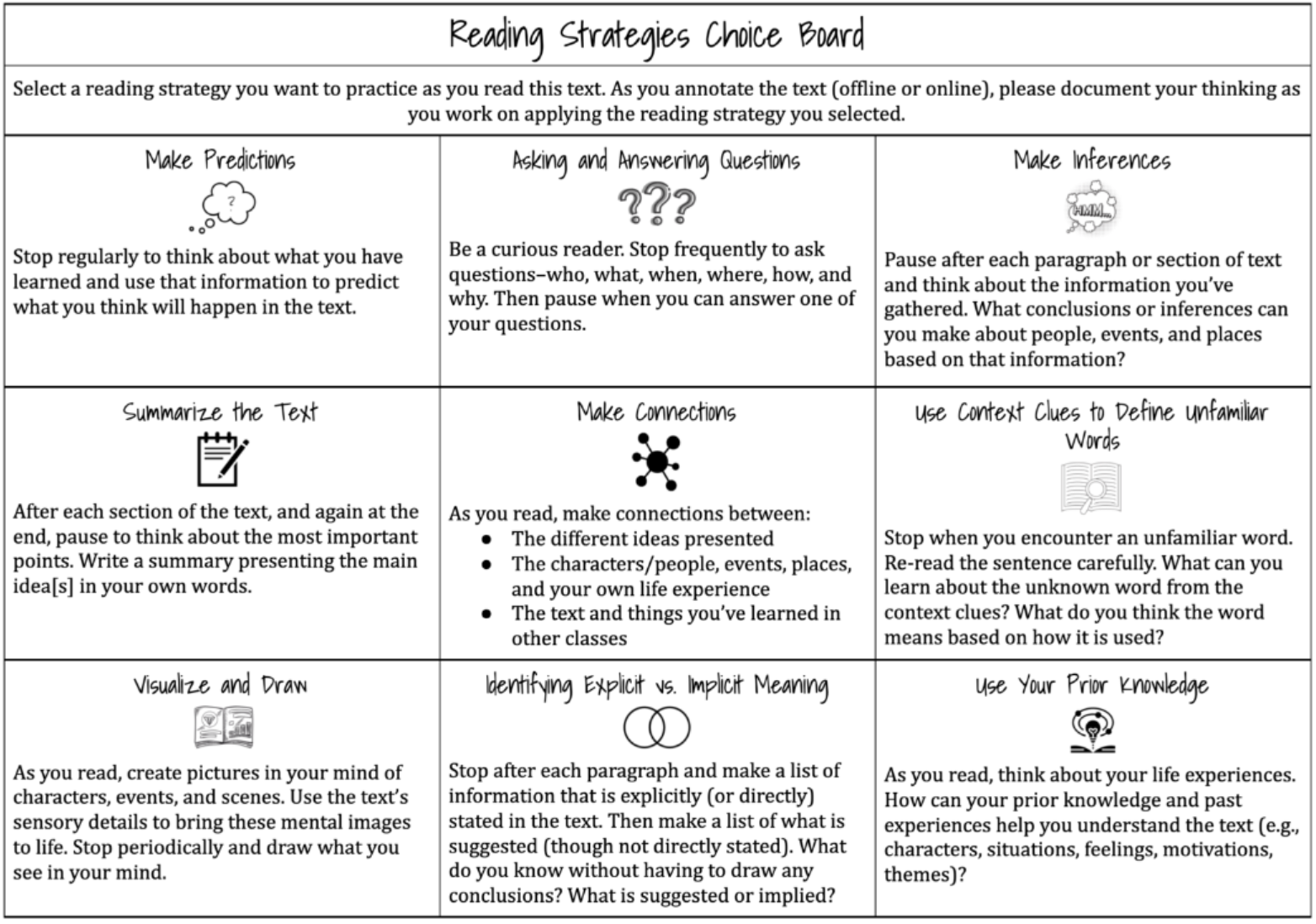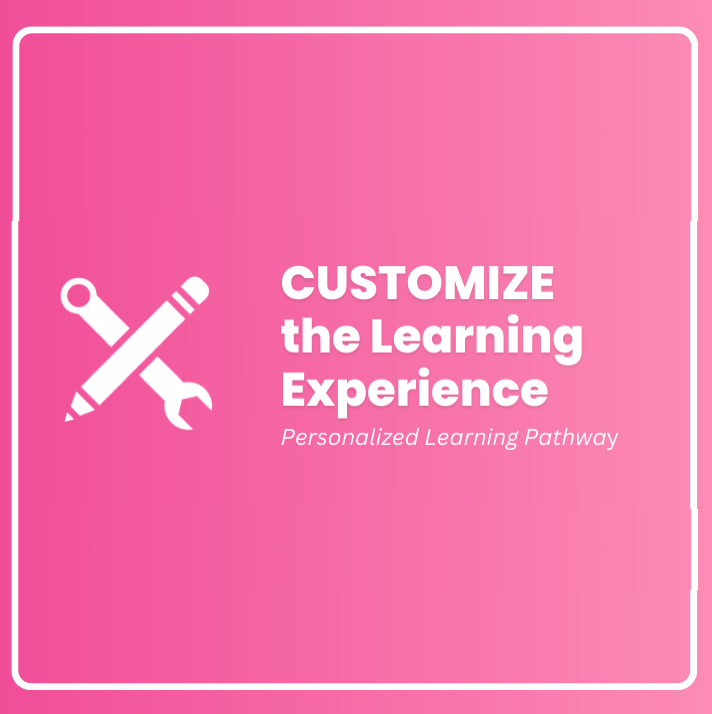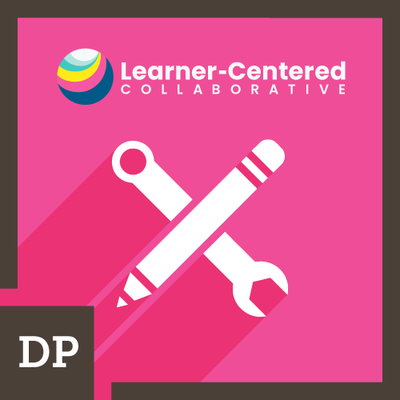Create Playlists for Learners
NOTE: This strategy is part of the self-paced Customize the Learning Experience Course
A learning playlist is a sequence of learning experiences and resources designed for students to work through at their own pace in order to achieve the desired learning objectives. Playlists are inherently flexible; learners can work on a playlist for a few minutes, a class period, a day, a week, or even a full course. Most often, playlists scaffold learners from DOK Level 1 to Level 3-4.
Often educators embed a “minimum pace,” a cadence that students should keep in order to stay on track. Students who fall behind the minimum pace meet 1-1 with the teacher to co-create a plan to get back on track.
Bright Spots
Gain inspiration from authentic examples of this strategy shared by teachers who have used them with their learners.
Creating your own Bright Spots? Let’s get them out into the world! Share yours here.
